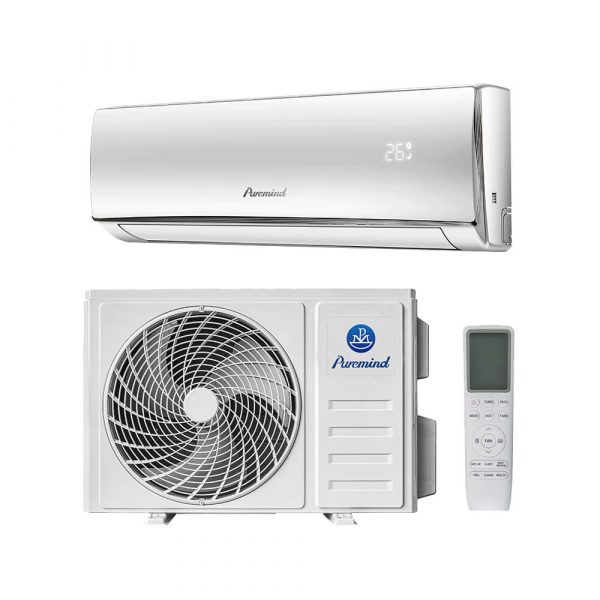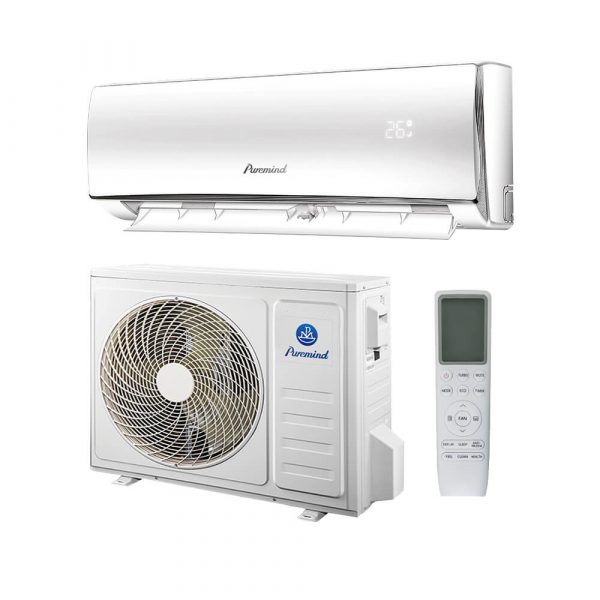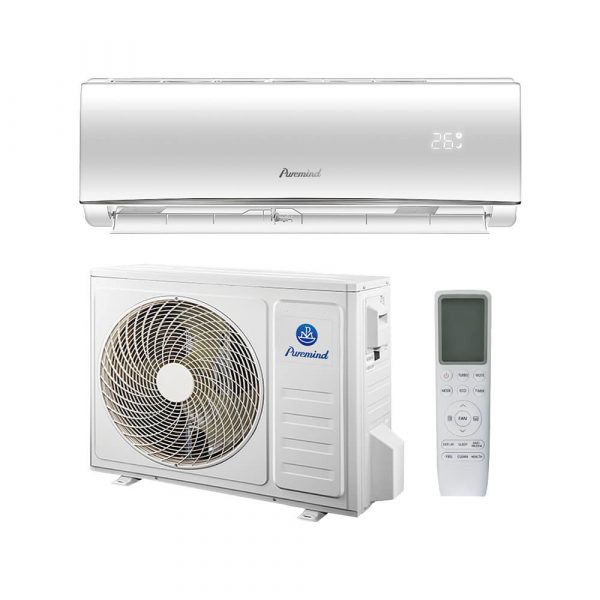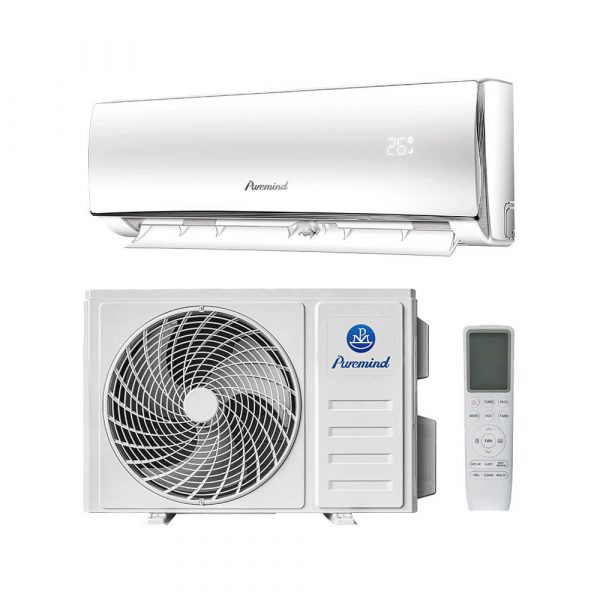Air Conditioner Parts Guide – Components, Functions, and Maintenance Tips
Understanding the main air conditioner parts is essential for wholesalers, suppliers, and distributors who work in the HVAC industry. By knowing each component’s function, you can better serve your customers, recommend suitable replacements, and ensure the systems you sell perform at peak efficiency.
Why Knowing Air Conditioner Parts is Important
Whether you deal with residential, commercial, or industrial systems, knowledge of air conditioner parts enables you to offer expert guidance, reduce troubleshooting time, and improve customer satisfaction. It also helps in inventory planning, ensuring that you stock the most in-demand components for quick delivery.
Main Air Conditioner Parts and Their Functions
1. Compressor
The compressor is often called the “heart” of an AC system. It pumps refrigerant through the system, raising its pressure and temperature so that it can release heat through the condenser coil.
2. Condenser Coil
Located in the outdoor unit, the condenser coil releases heat absorbed from the indoor air. Modern condensers are designed for maximum heat exchange efficiency and often feature corrosion-resistant coatings.
3. Evaporator Coil
Found inside the indoor unit, the evaporator coil absorbs heat from the indoor air, allowing cooled air to be distributed through the space.
4. Expansion Valve
This component regulates the flow of refrigerant into the evaporator coil, lowering its pressure and temperature to enable effective cooling.
5. Air Filters
Filters trap dust, allergens, and other airborne particles before air passes through the evaporator coil. Clean filters ensure better air quality and system efficiency.
6. Fan Motors
Both indoor and outdoor units have fan motors to circulate air. The indoor fan blows cool air into the room, while the outdoor fan removes heat from the condenser coil.
7. Thermostat
The thermostat allows users to set and control the desired temperature. Smart thermostats offer advanced features like scheduling and remote control.
8. Drain Pan and Drain Line
These components collect and remove condensation formed on the evaporator coil, preventing water damage.
9. Refrigerant Lines
These copper pipes connect the indoor and outdoor units, transporting refrigerant between the evaporator and condenser coils.
10. Control Board
The electronic control board manages all AC functions, including compressor operation, fan speeds, and temperature regulation.
Additional Components in Advanced Systems
- Capacitors: Provide the necessary start-up boost for motors.
- Contactors: Relay electricity to the compressor and fan motors.
- Pressure Switches: Monitor refrigerant pressure to prevent damage.
- Defrost Control Board: Found in heat pump systems to manage defrost cycles.
Air Conditioner Parts in Split Systems
Split systems, such as split air conditioners, have specific parts that are tailored for their two-unit design. The separation of components allows for quieter operation and flexible installation, making them a popular choice for both homes and businesses.
Common Issues with Air Conditioner Parts
- Dirty Filters: Reduce airflow and efficiency.
- Refrigerant Leaks: Cause insufficient cooling and potential compressor damage.
- Faulty Capacitors: Prevent motors from starting.
- Blocked Drain Lines: Lead to water leaks inside the property.
Maintenance Tips for Air Conditioner Parts
- Clean or replace air filters every 1–3 months.
- Inspect refrigerant lines for damage or leaks annually.
- Clean condenser and evaporator coils to maintain efficiency.
- Lubricate fan motors where applicable.
- Ensure the thermostat is calibrated correctly.
Trends in Air Conditioner Components
According to ASHRAE, the HVAC industry is moving toward more energy-efficient and environmentally friendly components. Examples include variable speed compressors, eco-friendly refrigerants, and advanced filtration systems that improve indoor air quality.
Case Study: Improving System Performance with Quality Parts
A commercial wholesaler partnered with a reputable HVAC supplier to stock high-quality air conditioner parts. By offering top-tier compressors, filters, and thermostats, they reduced return rates and improved customer satisfaction, resulting in a 15% increase in repeat business within one year.
Conclusion
Knowing the function and importance of each air conditioner part helps HVAC professionals make better purchasing decisions and provide improved customer service. For wholesalers, suppliers, and distributors, having the right parts in stock is key to building trust and ensuring long-term success in the competitive HVAC market.







